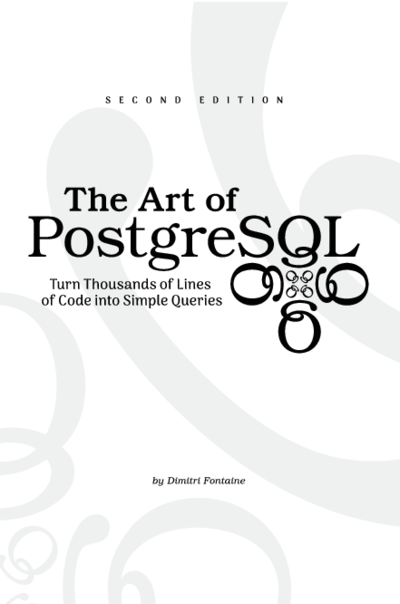


Postgres has extensions, and that’s awesome! Of course as the author of
CREATE EXTENSION I’m a little biased… just remember that the ability to
extend Postgres is way more than just this command. The whole database
system has been design from the ground up to allow for extensibility. Parts
of the design is to be found in the way you can register new objects at
runtime: functions of course, and also data types, operators, index support
structures such as operator classes and families, even index access methods!
Today’s article shows a query that you can use to list those tables in your schemas that are using a data type which is provided by an extension.

PostgreSQL connection
strings
embedded in your application can take two different forms: the key-value
notation or the postgresql:// URI scheme. When it comes to using psql
though, another form of connection string is introduced, with command line
options -h -p -U and environment variable support.
In this short article you will learn that you can use either of the three
different forms in psql and thus easily copy & paste you application
connection string right at the console to test it!

I did it again! Today I am releasing the new edition of my book, with a new title: “The Art of PostgreSQL”. I’m very happy (and quite excited) to declare my book as Generally Available!

The Art of PostgreSQL is the new edition of my previous release, Mastering PostgreSQL in Application Development. It contains mostly fixes to the old content, a new title, and a new book design (PDF and paperback). Content wise, The Art of PostgreSQL also comes with a new whole chapter about PostgreSQL Extensions.
The new chapter covers extensions such as hstore, pg_trgm, intarray,
earthdistance, ip4r, and hll or HyperLogLog, one of the all times
favorite extensions of Craig Kerstiens… who
made himself available to answer my questions and share his view of
PostgreSQL Extensions in an interview!
